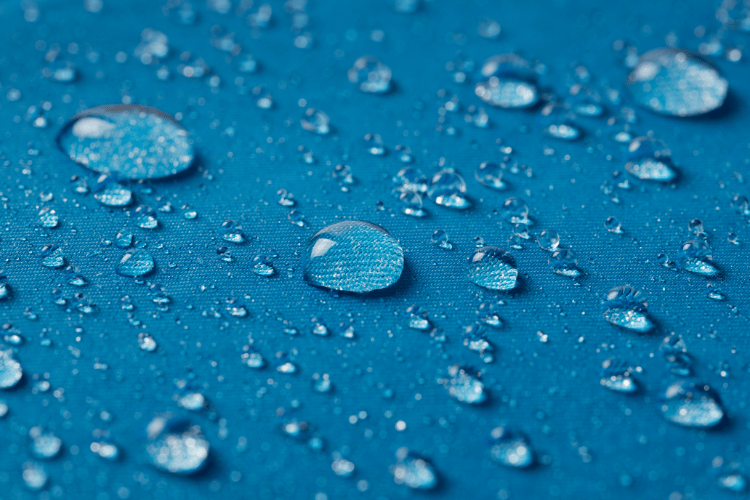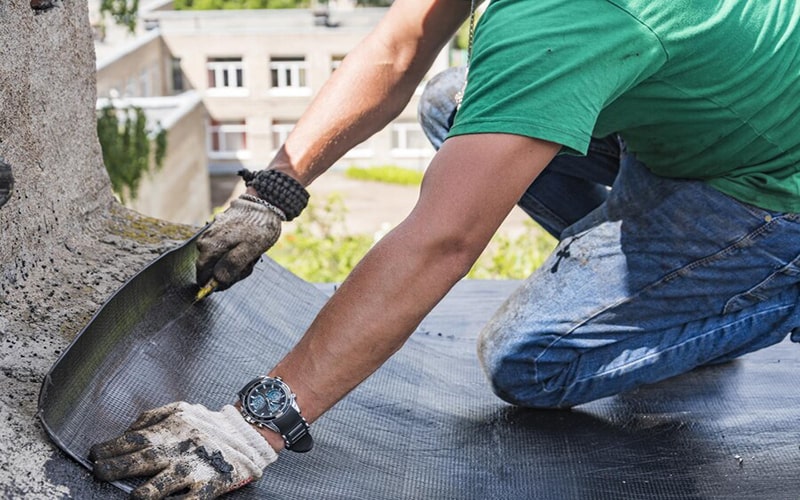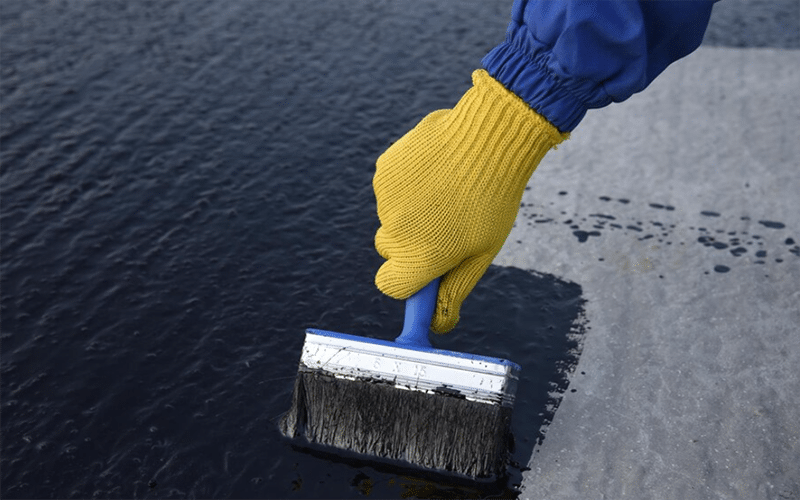Pool Waterproofing
Dealing with persistent leaks and water damage in your pool can be a frustrating and costly ordeal. Fortunately, the solution may be simpler than you think – pool waterproofing. This essential process not only safeguards your pool from potential leaks but also protects it against water damage, ultimately saving you from the headaches of extensive and expensive repairs.
Pool waterproofing involves applying a protective layer to the pool’s surfaces to create a watertight barrier. This barrier acts as a shield against water penetration, preventing leaks that can lead to structural damage over time. Whether you have a concrete, fiberglass, or vinyl pool, waterproofing is a crucial step in maintaining the integrity and longevity of your investment.
One of the primary benefits of pool waterproofing is its ability to prevent water from seeping into the pool’s structure. This not only preserves the aesthetic appeal of your pool but also helps to maintain water quality by preventing contaminants from infiltrating the pool walls. Additionally, waterproofing can contribute to energy efficiency by reducing water loss through evaporation, ultimately saving you money on water bills.
Furthermore, pool waterproofing is a proactive measure that can save you from expensive repairs down the line. By addressing potential leaks before they become major issues, you’re not only protecting your investment but also ensuring that your pool remains a source of enjoyment for years to come.
Understanding the Need for Pool Waterproofing:
- Inspection and Repair: Before initiating the waterproofing process, conduct a thorough inspection of the pool surface. Identify any existing damage, such as cracks or deterioration, and address these issues before proceeding with waterproofing. Repairing these damages ensures a solid foundation for the waterproofing material, preventing water infiltration.
- Cleaning the Surface: Begin the surface preparation by thoroughly cleaning the pool walls and floor. Remove any debris, dirt, or existing coatings that may hinder the adhesion of the waterproofing material. This step promotes better bonding and enhances the longevity of the waterproofing solution.
- Crack Filling and Patching: Address any visible cracks or voids in the pool structure. Utilize appropriate filling materials or patching compounds to repair these imperfections. A smooth and uniform surface is essential for the waterproofing material to create a continuous barrier against water penetration.
- Choosing the Appropriate Waterproofing Material: Assess the pool’s specific requirements and your budget constraints to select the most suitable waterproofing material. Liquid sealers are ideal for smaller pools or intricate designs, while epoxy coatings offer durability and chemical resistance. Waterproofing membranes provide a robust solution for larger pools, offering a seamless barrier against water.
- Priming the Surface: In some cases, especially when using liquid sealers or epoxy coatings, priming the surface may be necessary. This step enhances the bond between the waterproofing material and the pool surface, ensuring a secure and long-lasting seal.
- Professional Application or DIY: Depending on the complexity of the waterproofing material and your expertise, decide whether to enlist professional help or undertake the application yourself. Ensure that you follow the manufacturer’s guidelines meticulously, paying attention to application thickness, drying times, and any specific conditions for optimal results.
- Curing and Drying: Allow the applied waterproofing material to cure and dry completely as per the manufacturer’s recommendations. This step is crucial for the material to achieve its maximum effectiveness. Avoid water exposure during the curing period to ensure a flawless waterproof seal.
By following these comprehensive steps in the pool waterproofing process, you contribute to the long-term durability of the structure, safeguarding it against water damage and preserving its integrity.

Benefits of Pool Waterproofing:
- Prevents Structural Damage: Waterproofing protects the pool’s structure from water infiltration, preventing cracks, erosion, and other forms of damage. Increases
- Longevity: A well-maintained waterproofing system can significantly extend the lifespan of your pool, saving you money on repairs and renovations. Enhances
- Aesthetic Appeal: Waterproofing not only safeguards your pool but also contributes to its overall aesthetic. A well-sealed pool looks clean, inviting, and well-maintained.
Additionally, pool waterproofing provides a protective barrier against harsh weather conditions, such as heavy rainfall or extreme temperatures. This added layer of defense helps prevent the structural components of the pool from deteriorating over time due to exposure to the elements.
Moreover, a waterproofed pool not only defends against water damage but also acts as a barrier to potential chemical and microbial threats. The waterproofing material acts as a shield, ensuring that the pool’s structure remains intact and unaffected by the chemicals used for water treatment, thereby maintaining water quality and safety for swimmers.
A properly waterproofed pool can also have positive effects on energy efficiency. By preventing water seepage and maintaining a consistent water level, the pool’s heating and filtration systems can operate more efficiently, reducing energy consumption and associated costs.
In summary, integrating pool waterproofing into your regular maintenance routine not only safeguards against structural damage but also enhances the pool’s overall resilience to various environmental factors. It is a cost-effective investment that pays off in the form of an aesthetically pleasing, long-lasting, and efficiently functioning swimming pool. Stay tuned for more detailed insights into specific waterproofing techniques and materials in upcoming posts.

Conclusion:
Embarking on the journey of pool waterproofing signifies a pivotal commitment to the sustained well-being and durability of your pool. Armed with a profound comprehension of the fundamental principles and advantages, you now possess the knowledge necessary to make astute choices regarding the materials and methodologies that align with your pool’s distinct requirements.
As we delve deeper into the multifaceted realm of swimming pool waterproofing in our upcoming post, we aim to unravel the intricacies that lie beneath the surface. Exploring specific techniques, innovative materials, and expert insights, we’ll guide you through a comprehensive understanding, empowering you to navigate the nuances of pool waterproofing effortlessly.
Join us in our next discussion as we unravel the layers of knowledge, ensuring your pool remains a haven of enjoyment and relaxation for years to come. Stay tuned for an immersive exploration into the world of swimming pool waterproofing, where we strive to equip you with the insights needed to make well-informed decisions.


